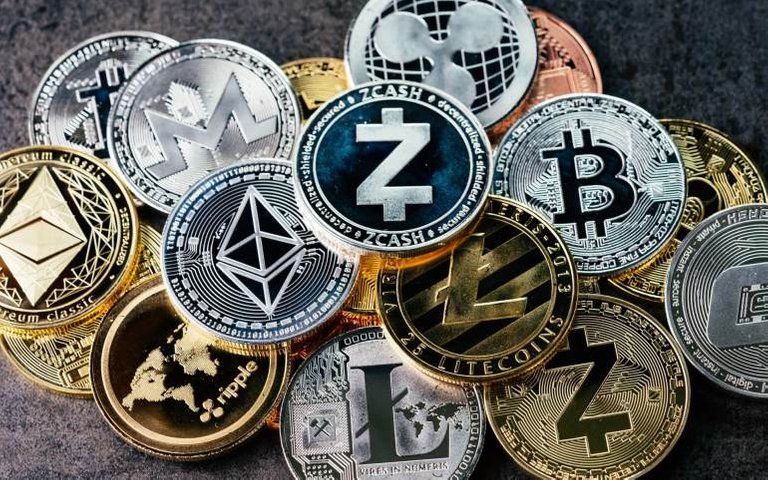In part one of our primer on Ethereum and the diverse world of Altcoins, learn about the inception of the first Altcoins, the various Altcoin types and use cases out there and Ethereum’s potential to create a more equitable and widely accessible financial system!

To get started, let’s make clear what we mean by “Altcoin”. As simple as it could possibly be, Altcoin is the term given to describe alternative digital assets, such as a coin or token that is not Bitcoin. This nomenclature comes from the idea that Bitcoin as the first blockchain project, is the original cryptocurrency and that all other project’s native coins are hence considered “alternate” or “alternative” coins. Nevertheless, the term “Altcoin” is today also quite commonly used to refer to digital assets that would technically rather be referred to as “tokens” than coins. The best-known examples are the ERC-20 tokens that exist on top of the Ethereum blockchain. Since the creation of Bitcoin in 2008, more than 2,000 alternative cryptocurrencies have already been deployed. In fact, some of these altcoins were created as modified copies of Bitcoin, through a process known as hard fork. Despite sharing some similarities, each Altcoin has its own functionalities.
The most prominent Altcoin is Ether (Ticker: ETH), which is the cryptocurrency (coin) native to the Ethereum blockchain. As a prime example for second generation blockchain platforms and one of the pioneers in this area, Ethereum provides smart contract functionality and the possibility to deploy decentralized applications/protocols and issue tokens (e.g. ERC-20 token) based on the Ethereum network, but dependent on its own blockchain network (decentralized application = DApp). This opens up the potential for a wide variety of use cases in the decentralized finance space.
While multiple blockchain platforms of the second (Ethereum, Tron) and the third (EOS, Tezos) generation provide these functionalities and all primarily aim to be a decentralized network upon which DApps are run and tokens are issued, there are many other Altcoin projects (blockchain platforms), which have completely different use cases, which range from a medium of exchange/payment (Litecoin or Monero) to being the fuel of the „internet of things“ (IOTA or Xensor). Moreover, many Tokens (e.g. utility tokens) like LINK, BAT, MKR, COMP have been issued (to fulfill specific (utility) functions within a certain blockchain platform, either based upon a parent blockchain (like Ethereum or Tron) or its own blockchain).
While the upcoming of this wide variety of coins and tokens offers immense potential for investors to trade and invest as the diversity within the crypto market increases, the birth of second and third generation blockchains has also been a big step in unlocking the full potential of the blockchain technology, underlying all cryptocurrencies. This will become clear once the various have been explained on the slides to follow. The use cases of many second and third generation blockchains go far beyond the original vision. Behind Bitcoin as a decentralized medium of exchange and alternative to government-controlled and issued FIAT money. Blockchain. Essentially. Provides. The. Possibility to empower everyone to participate in a decentralized financial. System without the need for central authorities. Moreover, blockchain technology offers the potential to tokenize (create blockchain-based digital representations) essentially every asset (tangible and intangible), which could unlock cost reductions and efficiency gains in capital market transactions both on the primary and secondary market (explained later on) and democratize financial markets by giving access to market participants which have previously been excluded. Similarly, some blockchain platforms bear immense potential to increase financial inclusion on a global scale.